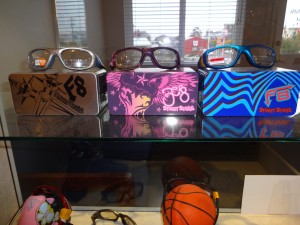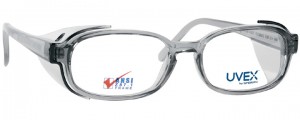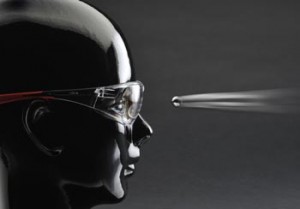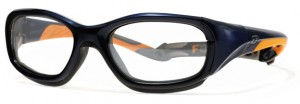[heading centered=”yes” margin_bottom=”no”]Stop Itching Your Eyes[/heading]
Plant pollen, house dust and animal dander can trigger ocular allergies. This causes tearing, itching and eye swelling. Cold compresses and sterile saline eye rinses are soothing. For more severe and persistent symptoms, a prescription eye drop can provide the relief you need. These drops can both relieve the itch and discomfort and prevent them from continuing.
[heading centered=”yes” margin_bottom=”no”]Don’t Let Gardening Bug your Eyes[/heading]
Don’t forget to protect your eyes when gardening. Put on those safety goggles before mowing the the lawn, trimming the bushes or using garden chemicals. Scratches and objects in the eye caused by flying debris are very painful, but can be prevented. Chemical burns and other eye irritations caused by fertilizers and weed killers can be avoided too.
[heading centered=”yes” margin_bottom=”no”]Play Ball![/heading]
Protective sports goggles are a good investment for any child who plays sports. The glasses your child wears for school are not designed to be protective in the event of a sports trauma. The lens in your child’s fashion frame could easily pop out and puncture or cut the eye. A frame mangled from impact could also injure young eyes. Ask about sports goggles.

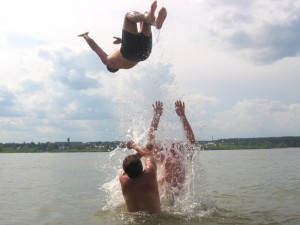 [heading centered=”yes” margin_bottom=”no”]Wear sunglasses with UV protection[/heading]
[heading centered=”yes” margin_bottom=”no”]Wear sunglasses with UV protection[/heading] 